Economy
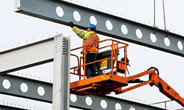
ABI remains soft despite July gains
Written by Brett Linton
August 21, 2024
The July Architecture Billings Index (ABI) continued to indicate weak business conditions among architecture firms, according to the American Institute of Architects (AIA) and Deltek. Coming in at 48.2, the July ABI score has recovered nearly six points over the last two months following the near four-year low recorded in May.
The ABI is a leading economic indicator for nonresidential construction activity. It can project business conditions approximately 9-12 months down the road. Any score above 50 indicates an increase in billings, while a score below that indicates a decrease.
July marks the 18th consecutive month the ABI has indicated contracting business conditions. This time last year the index was 49.5, whereas two years prior it was 50.6.
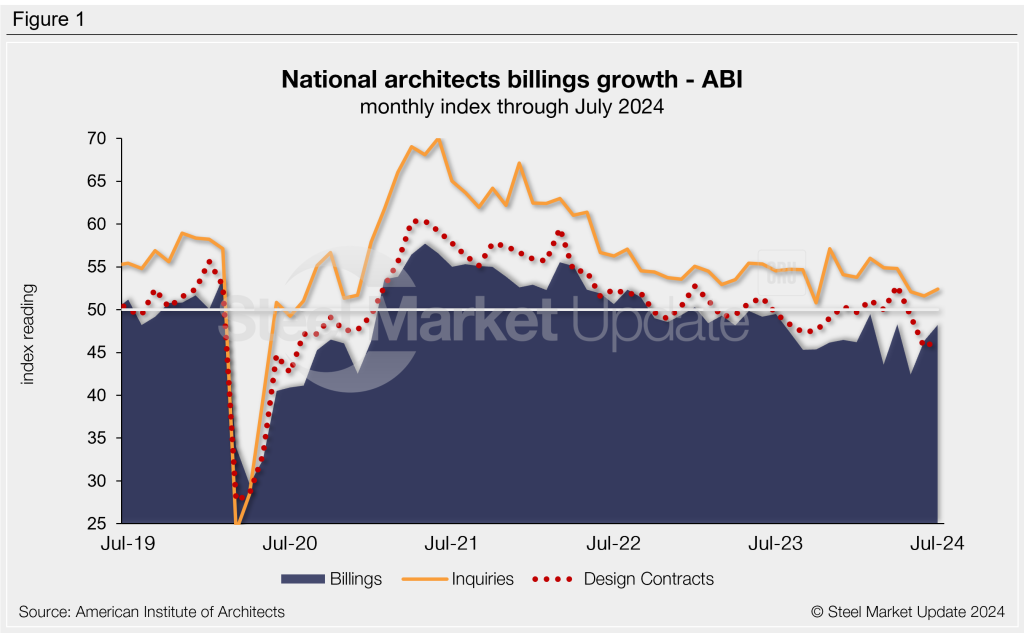
“Architecture firms continue to face a billings slowdown,” AIA chief economist Kermit Baker said. “However, the emerging prospects of lower interest rates coupled with a modest uptick in project inquiries suggest that some dormant projects may be revived in the coming months.”
The project inquiries index rose to 52.4 in July, recovering from an eight-month low one month prior. The design contracts index remained weak for the third consecutive month, inching up to 46.5 following June’s four-year low.
Three of the four regional indices continued to show declining billings through July (Figure 2, left). The Northeastern region was the only regional index to indicate improving business conditions, the second consecutive month. The Southern, Midwestern and Western indices all remained dismal in July, though each recovered slightly from June.
Sector indices also indicated less-than-stellar business conditions across the board in July (Figure 2, right). All four sector indices saw some degrees of growth compared to the month prior but all indicated declines in billings in July.
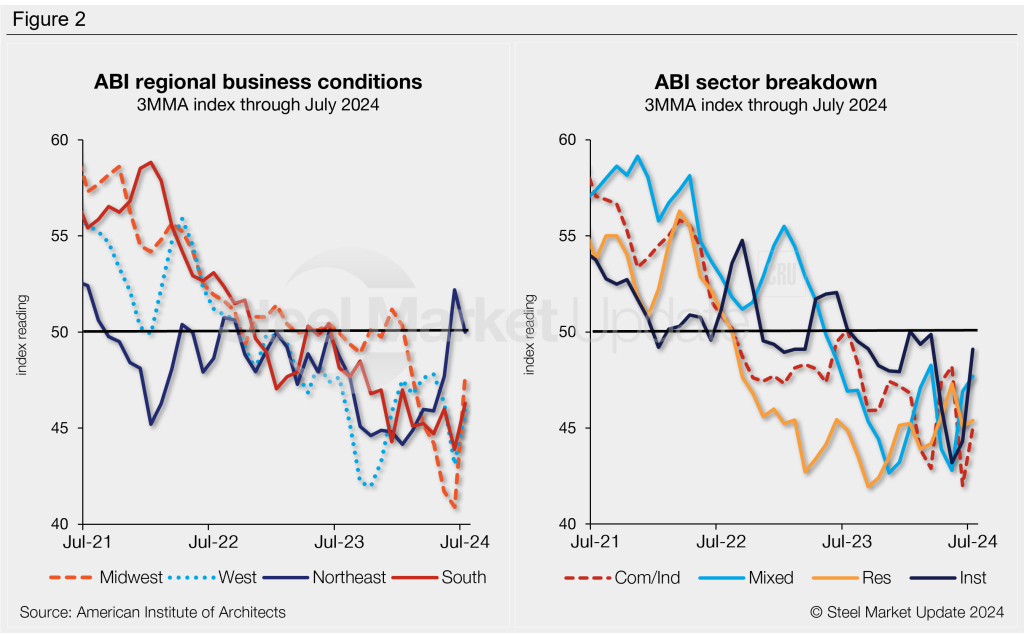

Brett Linton
Read more from Brett LintonLatest in Economy
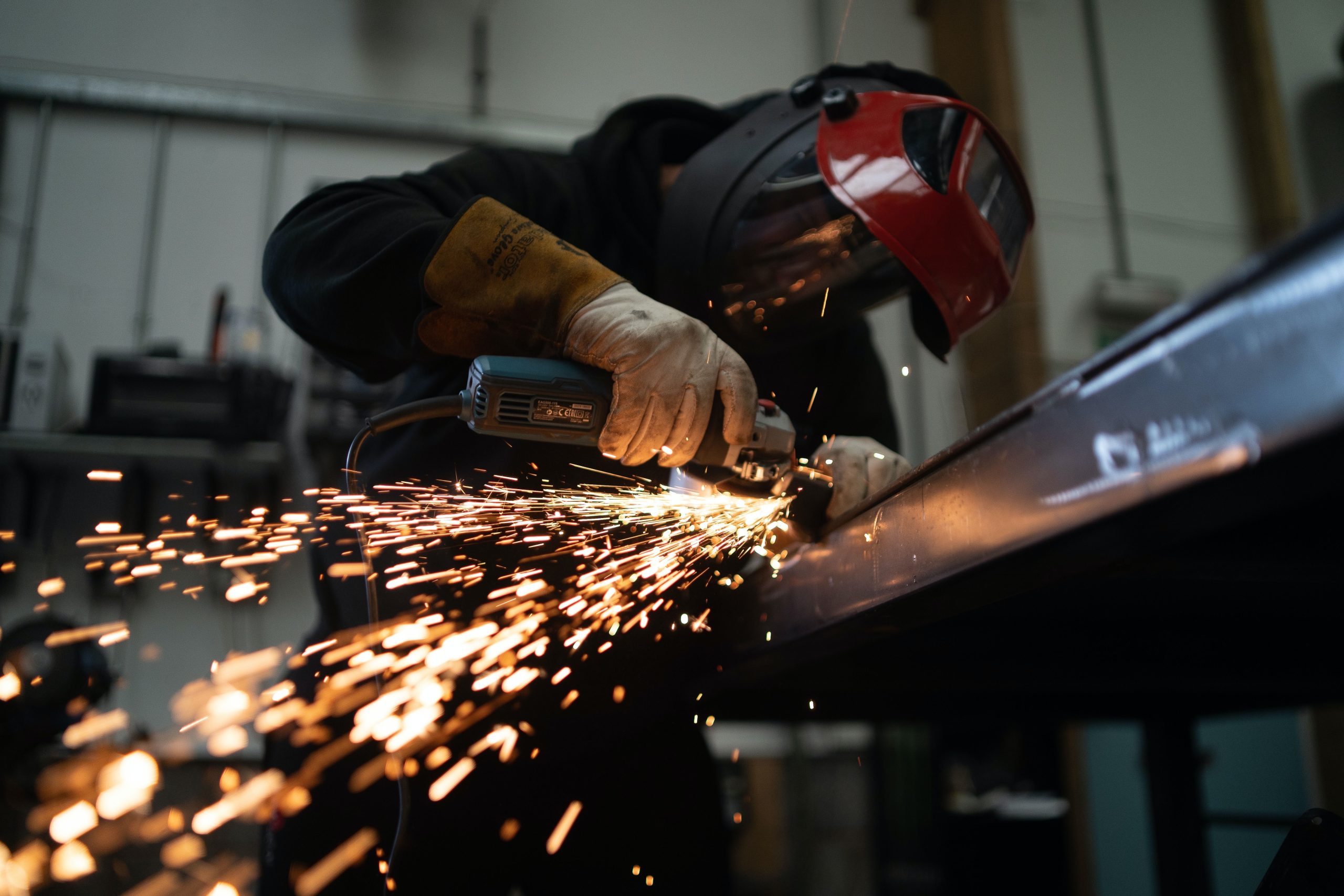
New York state manufacturing index drops again in April
Firms were pessimistic, with the future general business conditions index falling to its second lowest reading in the more than 20-year history of the survey

Construction adds 13,000 jobs in March
The construction sector added 13,000 jobs, seasonally adjusted, in March, but tariffs could undermine the industry.

Supply chains, end-users brace for impact from tariffs
Supply chains are working through what the tariffs mean for them
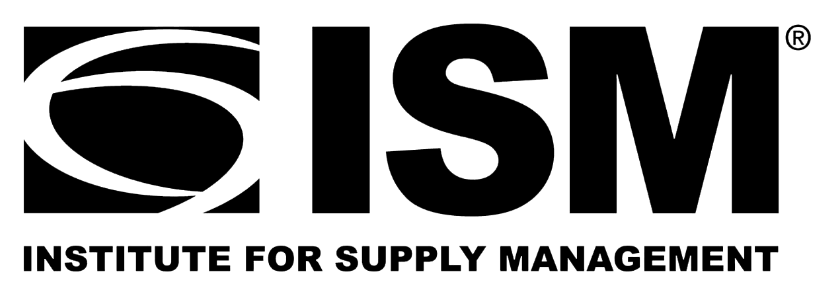
ISM: Manufacturing expansion loses steam after two months of growth
US manufacturing activity slowed in March after two straight months of expansion, according to supply executives contributing to the Institute for Supply Management (ISM)’s latest report.
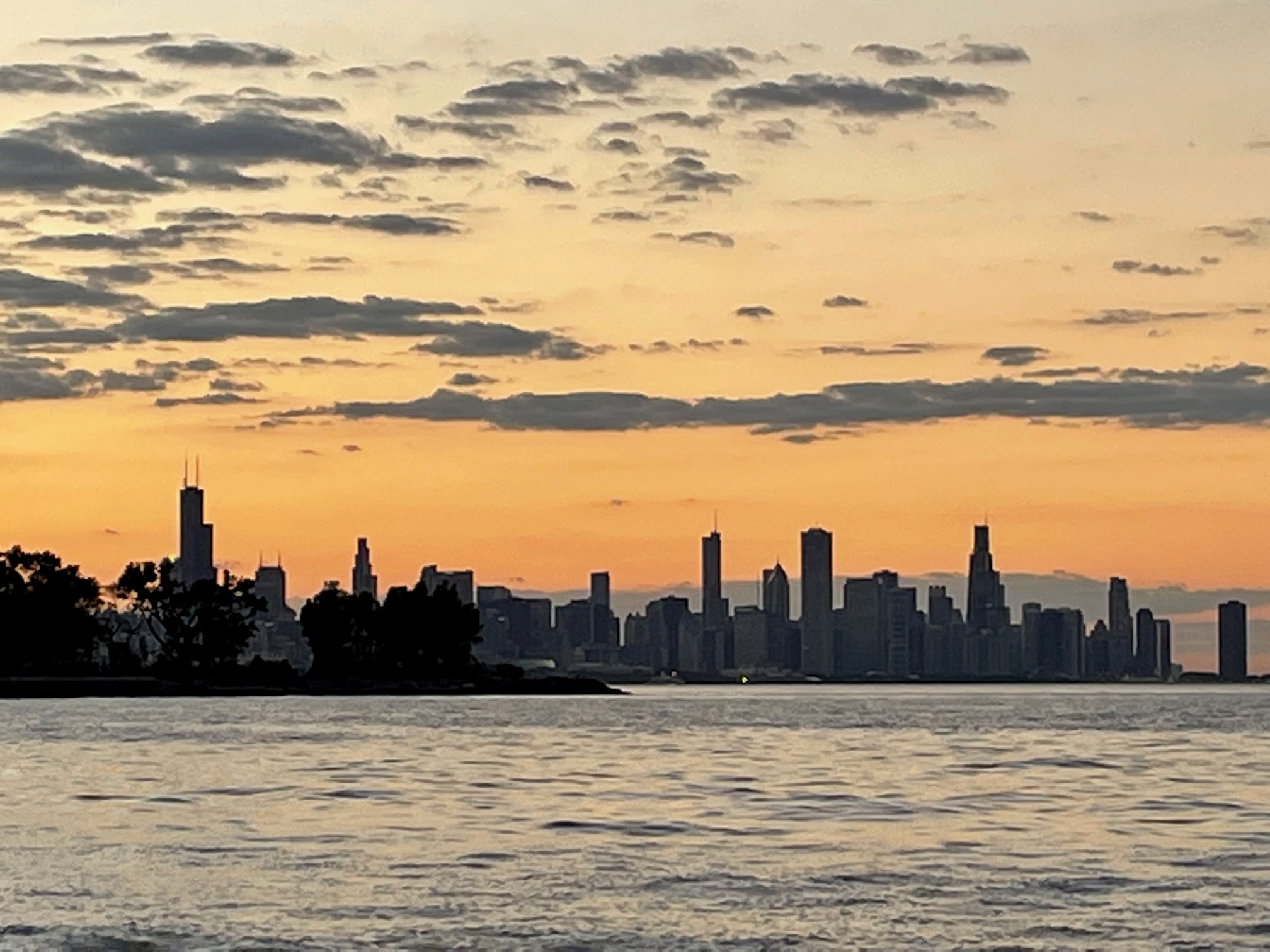
Chicago Business Barometer rose to 16-month high in March
The Chicago Business Barometer increased for the third-consecutive month in March. Despite this, it still reflects contracting business conditions, as it has since December 2023.
